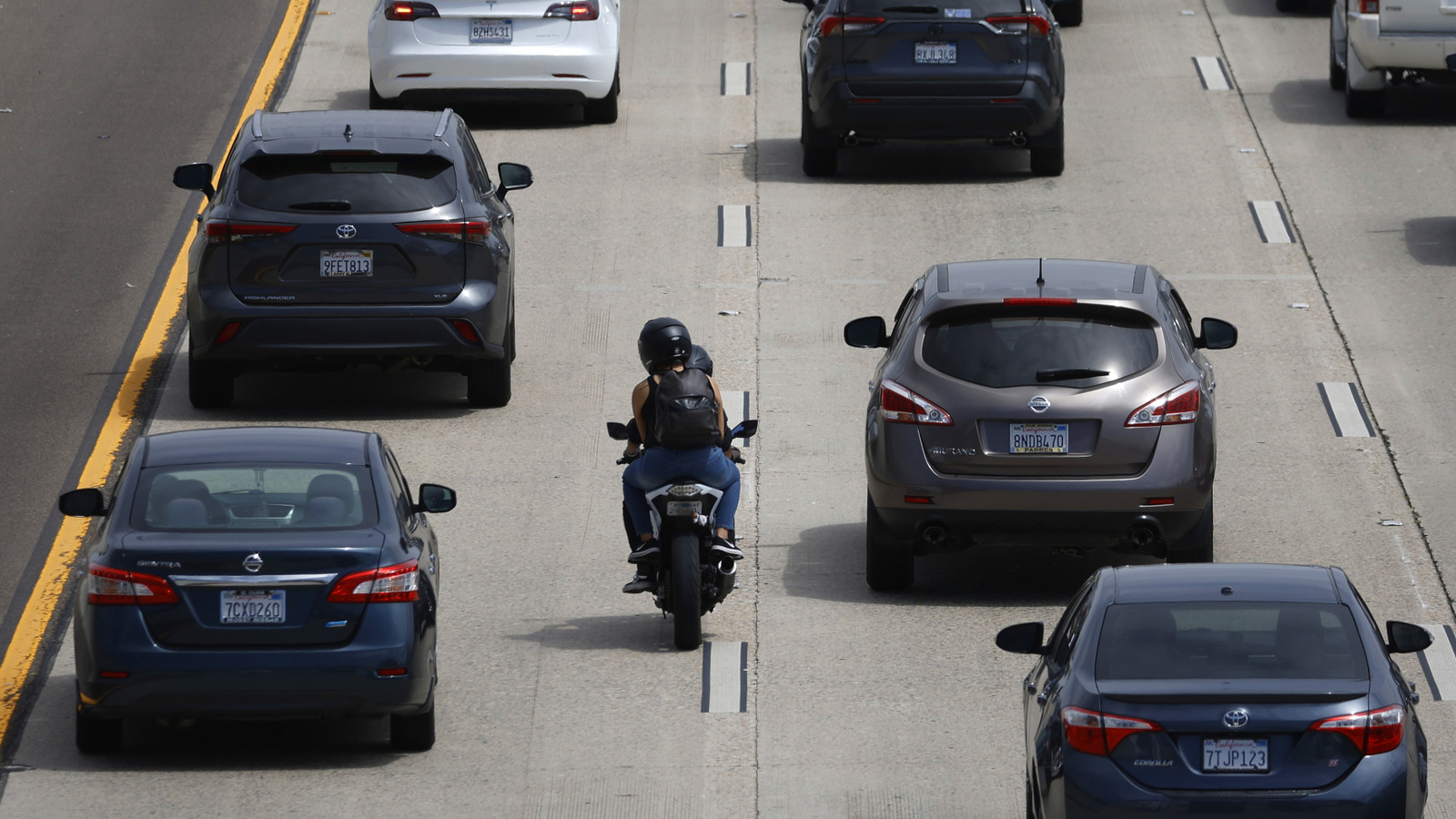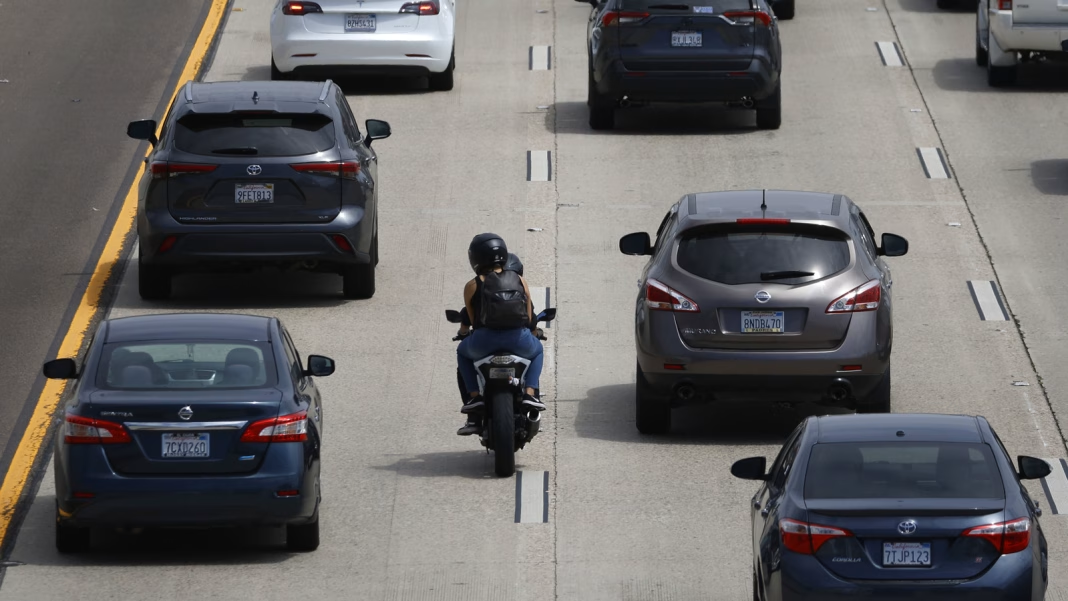What’s the Real Difference Between Lane Splitting and Lane Filtering?
If you’ve ever watched a motorcyclist weave through traffic and wondered, “Is that even legal?”—you’re not alone. The terms lane splitting and lane filtering get tossed around a lot, sometimes interchangeably, but they’re not the same thing. And depending on where you live, the difference could mean the gap between a smooth commute and a hefty ticket.
How Do Lane Splitting and Lane Filtering Actually Work?
Let’s break it down. Lane splitting is when a motorcycle rides between two lanes of moving traffic, usually to get ahead or avoid congestion. Think of a rider gliding between cars on a packed freeway, both the bike and the cars are moving—sometimes at speed. Lane filtering, on the other hand, happens when traffic is stopped or crawling. Here, the rider moves between vehicles to reach the front of the line, typically at a red light or in bumper-to-bumper jams.
It sounds subtle, but the distinction matters. Lane splitting is about keeping pace with moving traffic, while lane filtering is about sneaking ahead when everyone else is stuck. The intent and the risk level are different, and so are the laws.
Why Do Some States Allow One but Not the Other?
Motorcycle laws in the US are a patchwork. California famously allows lane splitting, and it’s the only state with clear, statewide rules on the practice. Utah and Arizona have legalized lane filtering under specific conditions—usually when traffic is stopped and the speed is under a certain threshold.
Why the difference? Lawmakers weigh safety data, public opinion, and local driving culture. According to a 2015 study from the University of California, Berkeley, lane splitting at speeds under 50 mph and when traffic is moving at 15 mph or less can actually reduce the risk of rear-end collisions for motorcyclists. But when speeds climb or drivers aren’t expecting it, the risk of accidents goes up.
Some states ban both practices outright, citing concerns about unpredictability and the potential for crashes. Others are watching California’s example, waiting to see if the benefits outweigh the risks before changing their own laws.
What Do Riders and Drivers Need to Know About Safety?
Let’s be honest: lane splitting and filtering can make drivers nervous. Suddenly, there’s a motorcycle right next to your window, and if you’re not paying attention, it’s easy to drift into their path. For riders, the risks are real—one distracted driver, and things can go sideways fast.
But here’s the flip side. When done responsibly, lane splitting and filtering can actually make roads safer for everyone. Fewer motorcycles stuck in stop-and-go traffic means less chance of rear-end collisions, and it helps ease congestion just a bit. The key is predictability. Riders need to move at safe speeds, stay visible, and never assume drivers see them. And for drivers, a quick mirror check before changing lanes can make all the difference.
Are There Any Surprising Benefits to Lane Splitting and Filtering?
Beyond safety, there are some unexpected perks. In cities with heavy traffic, allowing motorcycles to filter or split lanes can reduce overall congestion. A 2012 study from Belgium found that if just 10% of drivers switched to motorcycles and were allowed to filter, traffic delays for everyone could drop by up to 40%. That’s not just good for riders—it’s a win for commuters, delivery drivers, and anyone who’s ever been late because of gridlock.
Plus, motorcycles idling less at stoplights means lower emissions. It’s a small change, but over time, it adds up—especially in urban areas with air quality concerns.
How Can Riders Stay on the Right Side of the Law?
This is where things get tricky. The rules change not just state to state, but sometimes city to city. In California, lane splitting is legal, but the highway patrol recommends not exceeding 10 mph faster than surrounding traffic and never splitting at speeds above 30 mph. Utah and Arizona have specific rules about when and where filtering is allowed.
If you’re traveling, check the local laws before you ride. Ignorance isn’t a defense, and a misunderstanding could cost you more than just a fine. Apps like the American Motorcyclist Association’s state law database can help, but nothing beats a quick call to local law enforcement if you’re unsure.
What’s the Bottom Line for Riders and Drivers Alike?
The big takeaway? Navigating lane splitting and lane filtering isn’t about perfection—it’s about smarter adjustments. Start with one change this week—whether it’s a rider brushing up on local laws or a driver double-checking mirrors—and you’ll likely spot the difference by month’s end. The road gets safer, traffic moves a little smoother, and everyone gets home just a bit faster.


